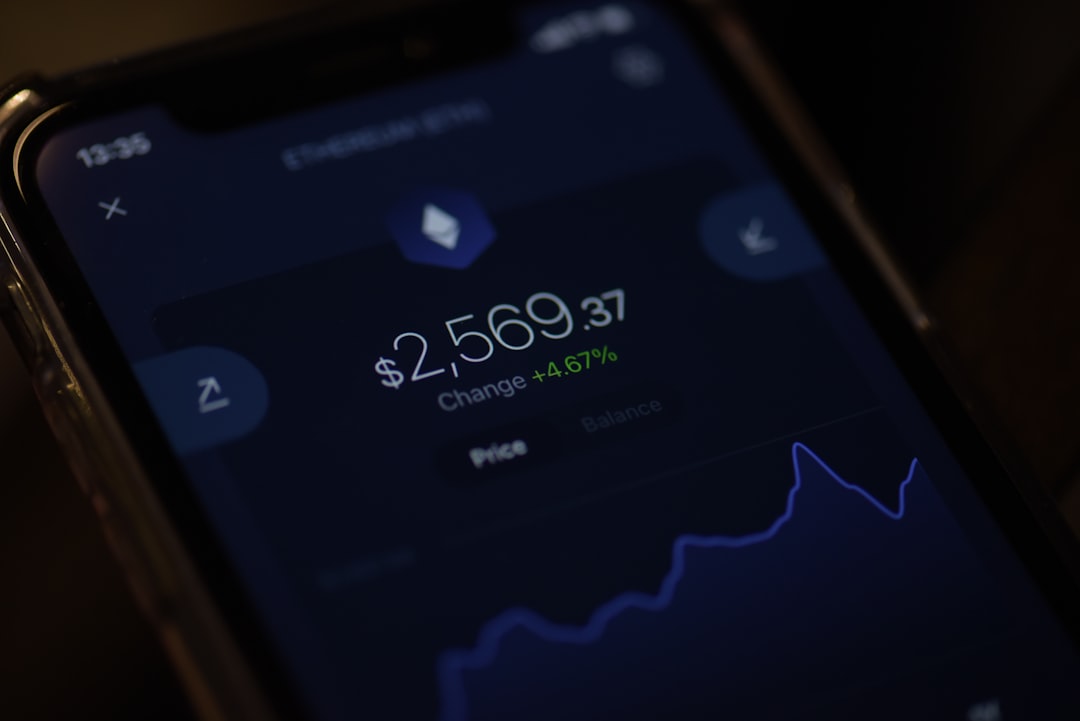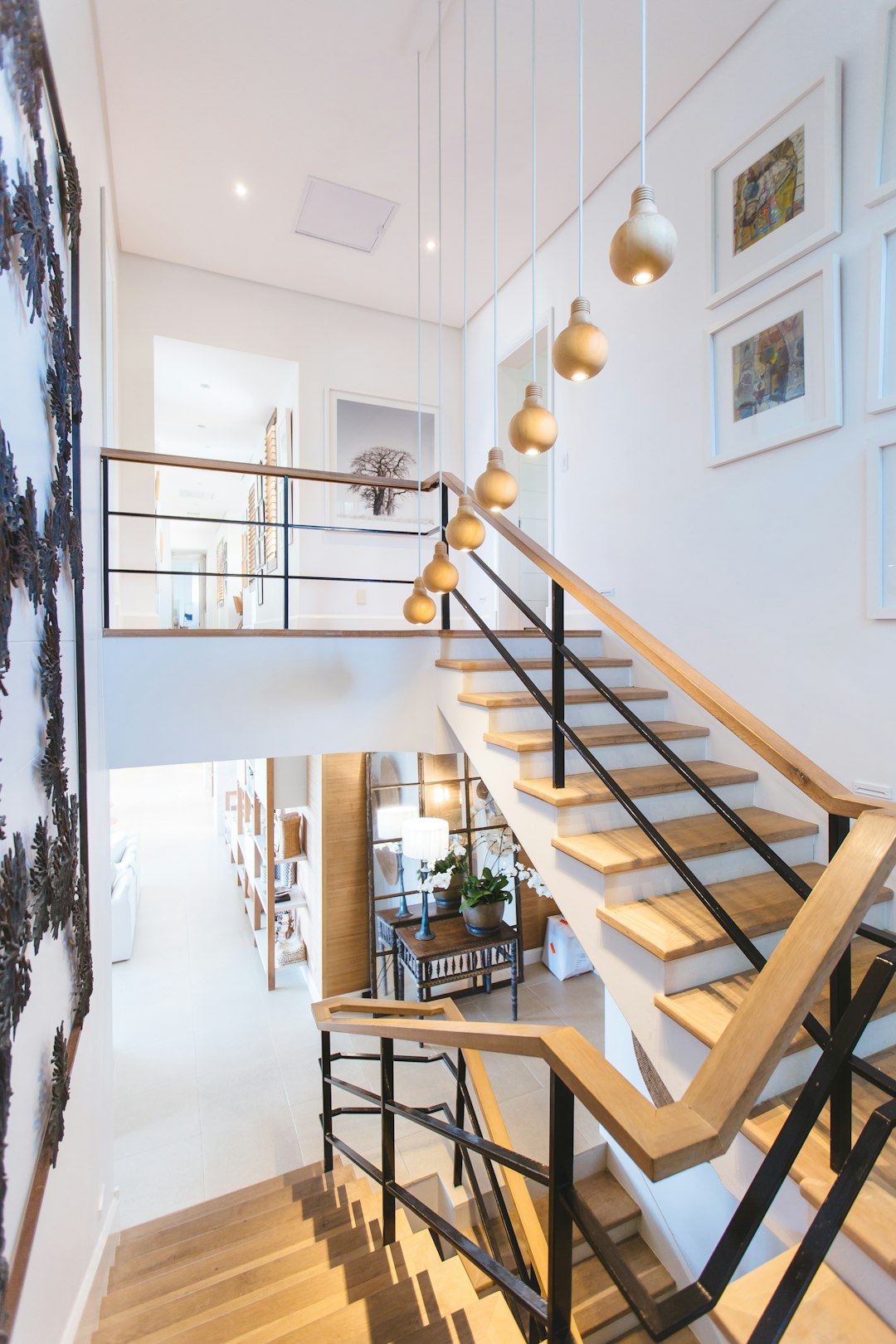Looking for a Material UI alternative
As web development continues to evolve, front-end teams often rely on component libraries to speed up the process of creating polished, responsive interfaces. Material UI (now known as MUI), based on Google’s Material Design, has become one of the most widely used React component libraries. However, developers and organizations sometimes seek alternatives due to style constraints, performance concerns, or licensing issues. This article explores some of the most reliable alternatives to Material UI and offers guidance on choosing the right one for your project’s specific needs.
There are several reasons development teams might explore options beyond MUI:
- Design flexibility: Material Design has a distinct visual identity that may not align with every brand.
- Bundle size: Some developers find MUI’s package size too heavy for high-performance applications.
- Learning curve: MUI’s extensive API and theming can be overwhelming for small teams or newcomers.
- Licensing: Recent changes in MUI’s commercial licensing have prompted some companies to reevaluate its use.
Top Alternatives to Material UI
There are several component libraries that offer capabilities on par with or even exceeding those of MUI. Below are some of the most trusted and widely adopted options:
1. Ant Design
Ant Design (or AntD) is a React library developed by Alibaba with a clear focus on enterprise-grade applications. It is robust, well-documented, and provides over 60 high-quality components.
- Comprehensive feature set
- Strong design guidelines
- Active community and regular updates
AntD can be a great alternative if you want a more neutral or professional design compared to the opinionated style of Material Design.

2. Chakra UI
Chakra UI is gaining popularity for its developer-friendly composability and excellent support for accessibility. It uses a style props-based system for fast prototyping and theming.
- Accessible out of the box (WCAG-compliant)
- Highly customizable with styled-system
- Lightweight and minimalistic
Chakra UI is ideal for teams who value customization and accessibility just as much as ease of use.
3. Tailwind UI
Tailwind UI is an official set of fully designed components built on top of Tailwind CSS. Though not a React-specific component library like MUI, it offers flexibility and high customization through utility classes.
- Design flexibility and control
- Perfect alignment with branding
- Trusted by many leading tech companies
One caveat is that Tailwind UI is a paid product, but many developers consider the investment worthwhile due to the extensive range of polished, production-ready components.

4. Blueprint
Blueprint by Palantir is a library built specifically for data-intensive web interfaces. It has excellent support for tables, modals, and layout-heavy components commonly used in dashboards and analytics platforms.
- Optimized for complex interfaces
- Rich component library and layout system
- Good documentation and community support
If your application is data-driven or has complex UIs like analysis tools, Blueprint could be a highly suitable option.
Evaluating the Right Choice for Your Project
When selecting a Material UI alternative, consider the following factors:
- Design requirements: Does the library offer enough flexibility to match your branding?
- Performance: How does the library affect your app’s load time and runtime speed?
- Community and support: Is the library maintained actively with a helpful user base?
- Accessibility: Are the components compliant with accessibility standards?
Ultimately, no one-size-fits-all solution exists. Ant Design might serve large corporate applications well, while Chakra UI or Tailwind UI may better suit developers needing visual and structural control over every element of the UI.
Conclusion
Material UI remains a solid choice, but it is not the only option available. Whether your priorities are performance, customization, or design freedom, there is a component library that can meet your demands. Carefully assess your team’s skills, the nature of your application, and long-term maintainability before making the switch. A well-chosen UI library can significantly accelerate development without compromising quality or usability.

Comments are closed.